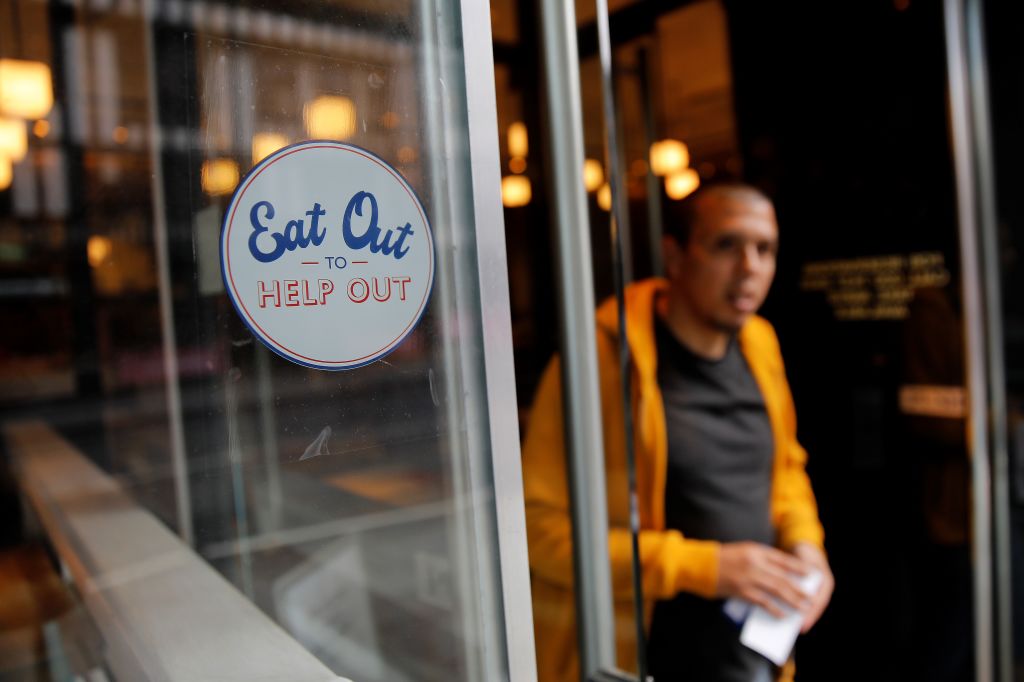Did the Eat Out to Help Out scheme help to spread Covid-19? That is the eye-catching claim of Thiemo Fetzer, an associate professor of economics at the University of Warwick. In a working paper entitled: Subsidising the Spread of Covid-19: evidence from the UK’s Eat Out to Help Out Scheme, he estimates that the scheme accounted for between eight and 17 per cent of Covid clusters during August, when it operated.
Given that the scheme cost taxpayers £500 million, it is not a bad idea to attempt to work out what it achieved, if anything. Nevertheless, there is something a little unsatisfactory about this claim – not least because Fetzer admits in his paper that his claim is based on a ‘back of the envelope’ calculation.
It is all very well establishing a correlation between meals consumed under Eat Out to Help Out and local clusters of Covid infections. But as always with epidemiological studies of this kind, the difficulty lies in trying to separate the one factor in which you are interested from many other factors which could have affected the spread of the disease. August was not just the month of Eat Out to Help Out; it was also the peak holiday season, when many Britons were venturing abroad for the first time since lockdown. There were also large numbers of people holidaying at home; travelling across the country and mixing with friends and relatives with whom they would not normally be mixing.
In order to try to establish that the Eat Out to Help Out scheme really was to blame for clusters of Covid-19, Fetzer looks at meteorological data which seems to indicate that infections were less likely to occur when rainfall coincided with lunchtime and dinnertime – the inference being that people were less likely to eat out if it was raining. Maybe, but surely if they did eat out during the rain, they would more likely have eaten indoors – where the risk of transmitting the virus was much greater.
Moreover, if eating out really is such hazardous, why have infections continued to rise in Tier 3 areas and in Scotland’s central belt where pubs and restaurants have had their business severely curtailed? It is all very nice to have data, but to blame Eat Out to Help Out for between eight and 17 per cent of clusters (in a month when transmission was very low in any case) seems just a little too neat. All we can say for sure is that the scheme has been responsible for an extra £500 million of public debt – and that any benefits it brought the hospitality industry have since been undermined by further restrictions.







Comments